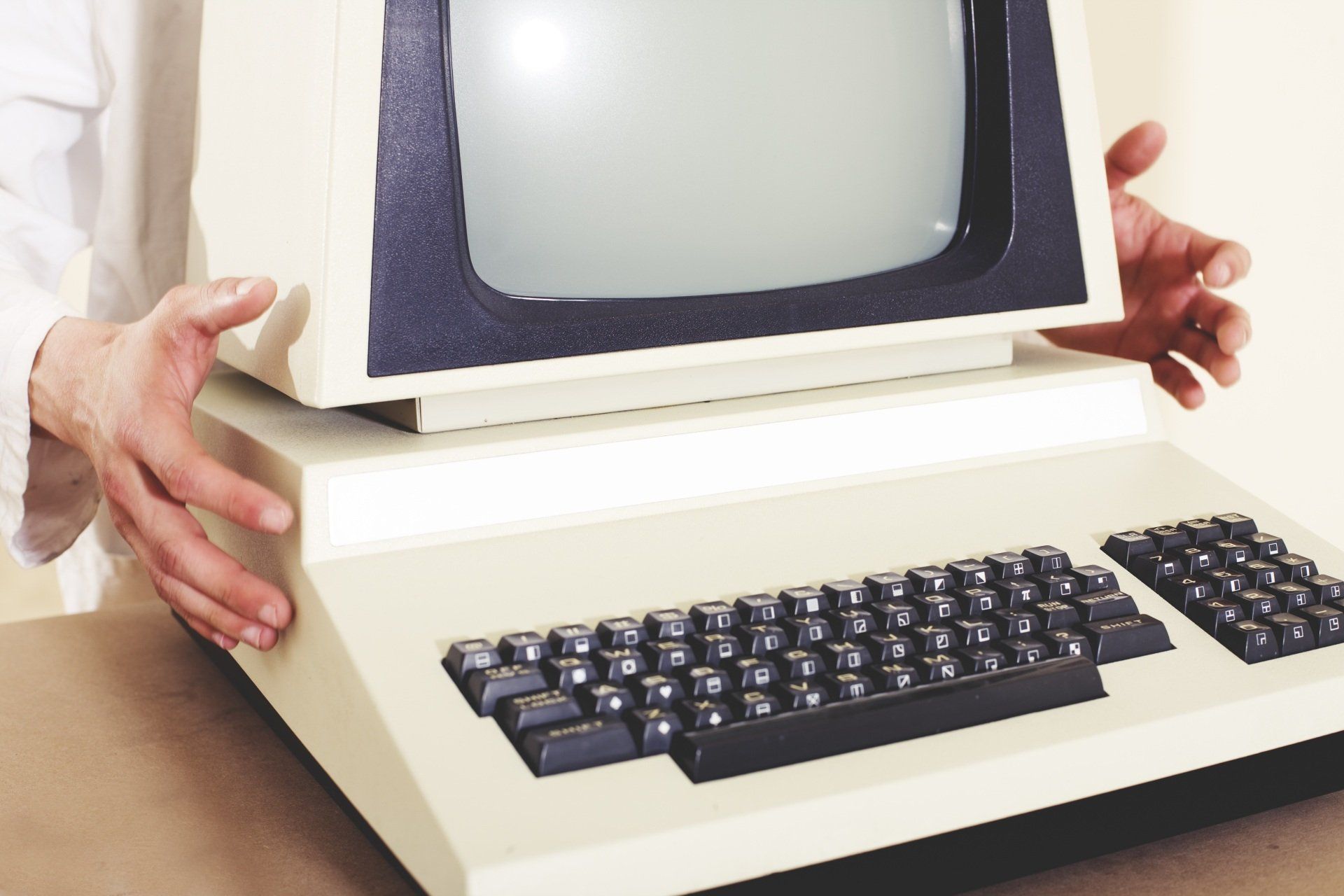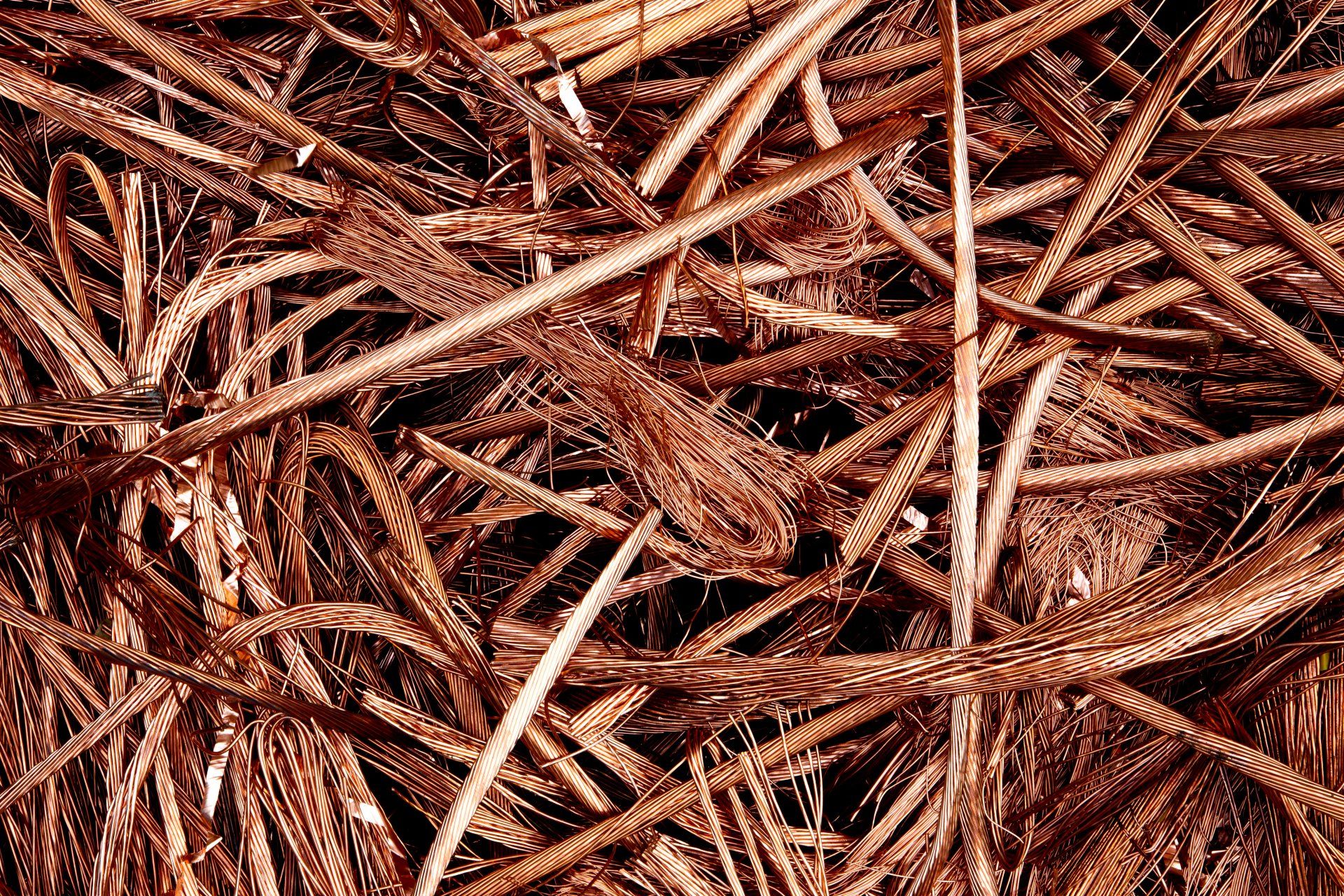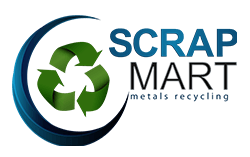What To Do With E-Waste?
Every year computer hard drives and old devices become obsolete or get broken, and every year our e-waste problem gets bigger to the tune of 9.4 million tons a year with only 12.5% recycled.
e-waste includes electronic waste that no longer wanted or serves a purpose, whether it works or not. Televisions, old VCRs, DVD players, stereos, copiers, fax machines, tablets, and computers. In addition, plenty more electronic devices become e-waste when not wanted anymore. – Earth911.com
Easy Choice
Landfill overcrowding, pollution, and wasted components make recycling your E-waste an easy decision to make. Your devices can contain heavy metals like lead, mercury, and cadmium. As a result, these present a significant hazard to anyone exposed to them over time. These can leach into a community’s water as the elements wash them away. In fact, anything we place in landfills has the potential to be a polluter over time, and recycling is the only cure for that.
Re-Use
Electronic components like hard drives can contain a complex mix of elements including gold, silver, platinum, copper, and many other useful metals. These metals often become isolated, recycled, or returned to circulation. Then, pulling out all the reusable elements to go back into new devices and parts. Almost any electronic device can become recyclable. In some communities, you’ll find that you can’t throw out certain E-waste, like hard drives. Those must be taken to a recycler in order to break them down properly and safely. That’s easier said than done in more rural and far-flung areas.
Recycling
Many communities don’t have easy access to recycling services, but Scrap Mart Metals have served the St. Louis area since 2011 and offers recycling of E-waste and easy drop-off and excellent payouts on buying scrap. Contact us today to get a price for your E-waste.
The post What To Do With E-Waste? appeared first on Scrap Mart Metals.
Benefits of Recycling Scrap Metal




